Bioparc and Jardin Botánico: Between animals and plants in Valencia
published on
Bioparc and Jardin Botánico are two places everyone should visit in Valencia. Spend a few hours between animals and plants.
A new day in this beautiful city brought us to Bioparc, a huge zoo that houses many animals and birds, and also to the botanic garden of the University of Valencia. It was the last day our friend was free so we had to spend it together. Neither she nor her boyfriend had been to Bioparc or Jardin Botánico. They gave us a ride, but you can easily get to Bioparc by bus (3, 29, 67, 81, 95) or by subway (3 or 5).
Definitely go and see Bioparc and Jardin Botánico — you will not regret it.
You have to get off at the station Nou d’Octubre; from there it's a ten-minute walk to Bioparc.
The entrance fee is 23,80 Euros for adults, children (4–12 years) pay 18 Euros and the elderly (65+) pay 17,50 Euros. If you have a Tourist Card, you benefit from a 15 percent discount.
Bioparc: A natural zoo
Once we arrived at Bioparc, we immediately began exploring the 100,000 square metres that perfectly imitate the African ecosystem. We found a part of the African Savana, where the Earths biggest herbivores roam, a part of the tropical rainforest, a corner of Madagascar and a part where species from the African swamp regions live.

The people who take care of Bioparc tried to replicate as much as possible of the natural habitat the species are used to, bringing trees and plants from their home to Valencia. The animals seem to really live together, being only separated by natural rocks, rivers and bridges.

In the African Savana, between locust trees, you can find areas populated by zebras, impala, blesbok, marabou stork, camels, giraffes, white rhinoceros, lions, exotic birds and African elephants.
You can find more information about the animals living in Bioparc Valencia at www.bioparcvalencia.es.
They even managed to recreate the den Kitum (from Mount Elgon National Park in Kenya), which is around 40 metres big.
In the tropical rainforest, thanks to the varied vegetation, you can find the most diverse ecosystem. Besides the den, the rainforest serves as a shelter for different kind of African birds. Next to the swamp, a number of species meet to feed on things living in the mud, but also to rest and socialize.
We’ve seen gorillas, chimpanzees, buffalo and hippos. Two species, the leopard and the chimpanzee, live in the forest that surrounds the mud lake, the area behind that, other monkey species call their home. A river separates the latter from the hippos and a group of antelope.

On the island Madagascar live seven different species of lemur; there is also a centre of interpretation where you can catch up on the extinction process that took place in the 17th century. Especially eye-catching are the replicas of two extinct species: The elephant bird and the koala lemur.

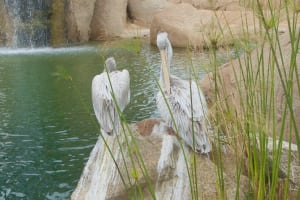
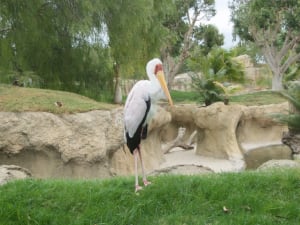
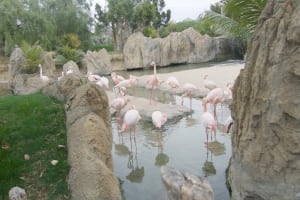
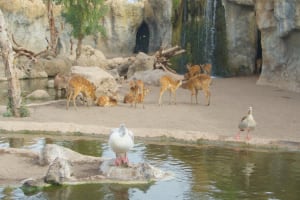
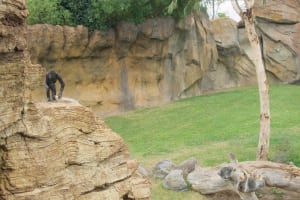
All in all, we liked Bioparc and we loved to see that the animals and birds roam free instead of being caged away like in other zoos; they can find food like they are used to at home without being constrained by metal bars.
Spend three or four hours if you want to see the entire park. If you get hungry, visit the restaurant inside Bioparc.
Address: Av. Pio Baroja 3, 46015 Valencia
Jardin Botánico: The fascinating world of plants
The botanic garden of the University of Valencia, known as El Botanic, was founded in 1567. For 200 years, the land has been used to cultivate medical plants. In 1802, the university moved its garden permanently from Huerto Tramoyeres, outside the city walls, nearby to the parish San Sebastian.

Today, the garden is used to do research on different plants, conserve rare, endemic or nearly extinguished species from the Mediterranean area.
During the 19th Century, botanic classes were held there. One century later, it was abandoned for a while until, in 1987, the University of Valencia began the process of reconstruction, which ended in 2000.
The garden preserves a scientific collection of living plants, which include monumental trees and historic buildings. When we visited the garden, there were only a few people visiting. It was very quiet and we felt very relaxed due to the green, calm and clean nature. We liked walking around the garden, admiring different trees, plants, cactuses, roses and banana trees — a lovely place where we could enjoy a bit of quiet time.
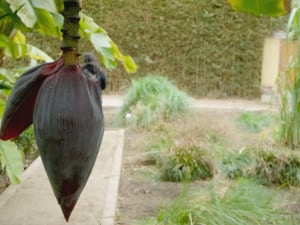
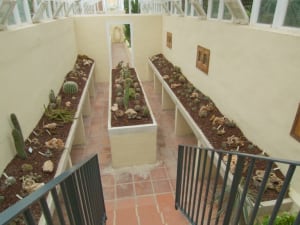
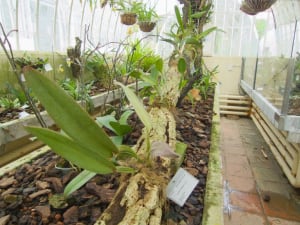
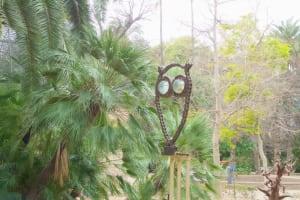
Spend two hours to visit Jardin Botánico, walk around and relax. The entry costs 2,50 Euros. If you are lucky, you might have a chance to take part in one of the many activities and festivals that are held here during the year.
Address: Calle Quart 80, 46008 Valencia